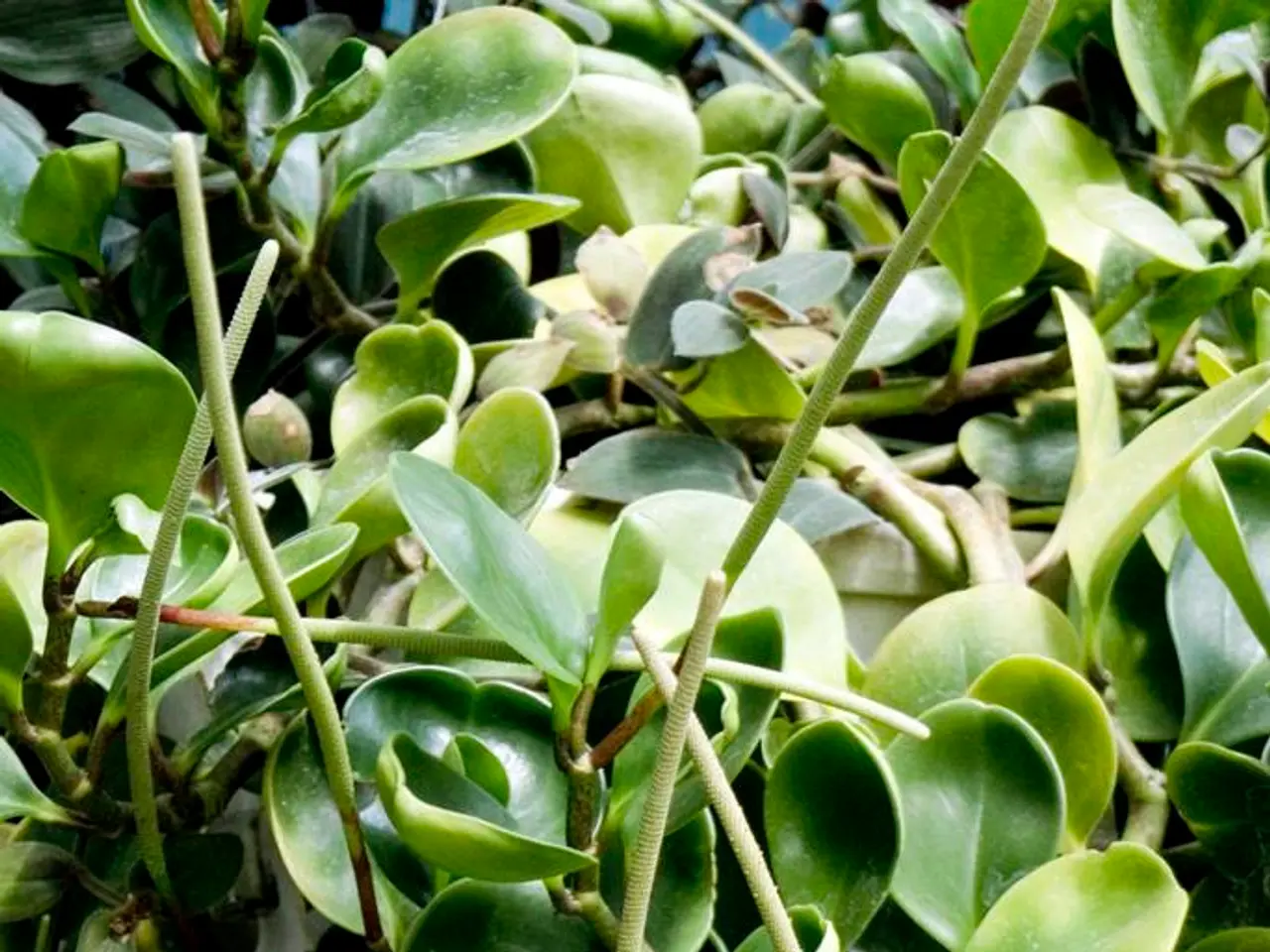Unveiled: Nine Hidden Truths About Aerial Botanicals
Air plants, with their quirky appearance that blends plant and creature, have been a part of the natural world for thousands of years. Known as Tillandsias, these unique epiphytes have thrived in humid, tropical climates, often living in the shady canopies of forests.
Epiphytes and Trichomes
Unlike most plants, air plants do not require soil to survive. Instead, they attach themselves to trees, rocks, and other structures to absorb water and nutrients from the air. The absorption process is facilitated by specialized scales on their leaves called trichomes. These scales not only help in the absorption of water and nutrients but also protect the plants from intense sunlight and reduce water loss by reflecting sunlight and trapping moisture.
Unique Photosynthesis and Watering Needs
Air plants breathe differently than most plants. They absorb carbon dioxide at night, a form of CAM photosynthesis, allowing them to conserve water. For this reason, watering them early in the morning is advised so they can dry quickly and "breathe" at night. After watering, it's essential for air plants to dry within about 1-3 hours to avoid fungal problems and rot, as they cannot tolerate constant moisture or standing water around their bases.
Adaptability and Safety
Air plants have remarkable adaptability, with some species like Tillandsia ehlersiana originating from cloud forests and developing elegant silvery-green foliage and compact rosette forms to optimize moisture capture from mist and humidity. These plants are non-toxic and safe to keep around children and pets, making them an excellent choice for households with curious little ones and furry friends.
Maintaining Air Plants
In dry climates, air plants may need to be watered more frequently than once a week. In humid environments, they may only need to be watered every ten days. It's important to note that air plants prefer water that contains natural minerals and nutrients. If you must use tap water, let it sit out for 24 hours to allow the chlorine to evaporate before using it on your air plants.
Flowering and Propagation
After flowering, which occurs only once in an air plant's lifetime, these plants produce "pups" or new baby plants. The flowers of air plants are often bright and colorful, with hues of pink, red, and purple. These flowers can last anywhere from a few days to several months, depending on the species.
In conclusion, Tillandsias are fascinating and low-maintenance plants that differ significantly from typical soil-grown plants but require attention to their special humidity, watering, and airflow needs. Their unique physiology and ecological traits make them a captivating addition to any indoor or outdoor space.
- To thrive well, decorate your home-and-garden with air plants from a nursery, as they don't require soil and can be placed on various structures.
- Caring for air plants involves understanding their unique watering needs, with early morning watering recommended followed by drying within 1-3 hours to prevent rotting, and more frequent watering in dry climates.
- When considering the safety of these plants for a lifestyle with children and pets, bear in mind that air plants are non-toxic and safe, presenting an excellent choice for home-and-garden enthusiasts seeking versatile, low-maintenance, and pet-friendly decor options.




